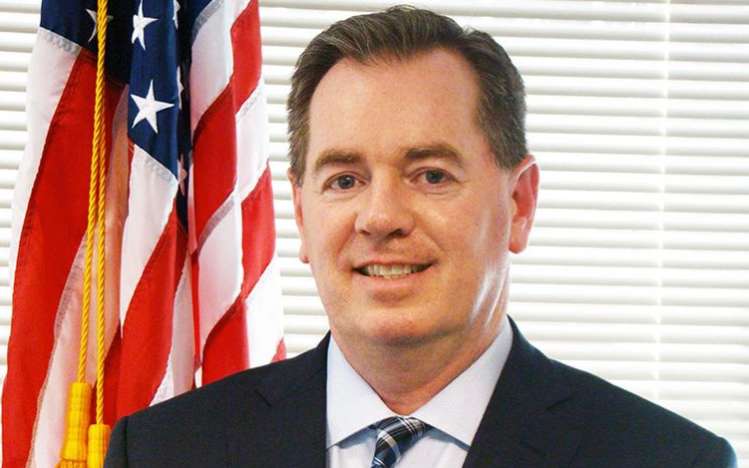
Processing Your Payment
Please do not leave this page until complete. This can take a few moments.
-
News
-
Editions
-
- Lists
-
Viewpoints
-
HBJ Events
-
Event Info
- 2024 Economic Outlook Webinar Presented by: NBT Bank
- Best Places to Work in Connecticut 2024
- Top 25 Women In Business Awards 2024
- Connecticut's Family Business Awards 2024
- What's Your Story? A Small Business Giveaway 2024 Presented By: Torrington Savings Bank
- 40 Under Forty Awards 2024
- C-Suite and Lifetime Achievement Awards 2024
- Connecticut's Health Care Heroes Awards 2024
-
-
Business Calendar
-
Custom Content
- News
-
Editions
View Digital Editions
Biweekly Issues
- April 29, 2024
- April 15, 2024
- April 1, 2024
- March 18, 2024
- March 4, 2024
- February 19, 2024
- February 5, 2024
- January 22, 2024
- January 8, 2024
- + More
Special Editions
- Lists
- Viewpoints
-
HBJ Events
Event Info
- View all Events
- 2024 Economic Outlook Webinar Presented by: NBT Bank
- Best Places to Work in Connecticut 2024
- Top 25 Women In Business Awards 2024
- Connecticut's Family Business Awards 2024
- What's Your Story? A Small Business Giveaway 2024 Presented By: Torrington Savings Bank
- 40 Under Forty Awards 2024
- C-Suite and Lifetime Achievement Awards 2024
- Connecticut's Health Care Heroes Awards 2024
Award Honorees
- Business Calendar
- Custom Content
As PPP loan funds run out, CT biz reap billions in aid
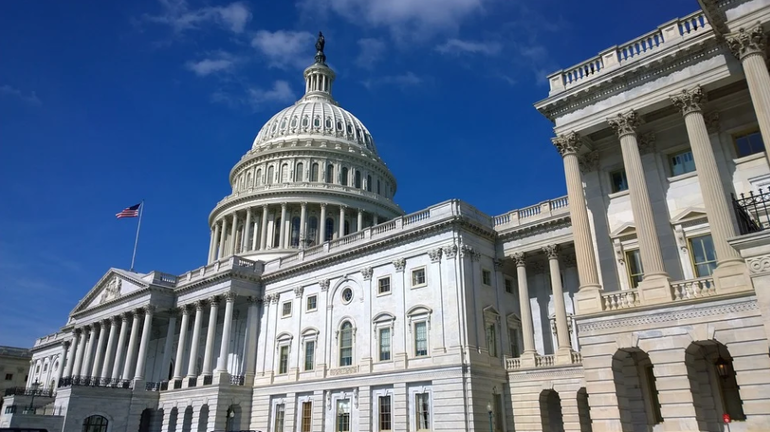 The U.S. Capitol building in Washington, D.C.
The U.S. Capitol building in Washington, D.C.
The administrative snafus that roiled the rollout of the federal Paycheck Protection Program have been largely remedied, the U.S. Small Business Administration’s top administrator for New England said Wednesday.
However, that initial $350 billion lending pool has been depleted, the SBA announced Thursday morning, and Congress has yet to agree on a new, fourth lending phase that would keep open the financing lifeline for companies struggling to reach the light at the end of the COVID-19 crisis economic shutdown.
Wendell Davis, New England region administrator for the SBA, was a featured panelist on a webinar presented by New Haven BIZ and the Hartford Business Journal on The CARES Act and the PPP: Where Are We Today, and What Can Businesses Expect Tomorrow?
As of Tuesday, 11,930 PPP loan applications were approved for Connecticut companies worth nearly $3 billion -- the second-highest loan volume in New England, behind only Massachusetts, which had 27,315 loans approved worth about $7 billion, Wendell said.

The Wednesday afternoon session, moderated by HBJ Editor Greg Bordonaro, was the second installment of a statewide business community program that kicked off Friday and features professionals from the financial services and legal sectors as well as the government sector and leading business groups.
Twelve days ago (April 3) the federal Paycheck Protection Program (PPP) began accepting applications from beleaguered companies throughout Connecticut and the nation. The PPP is a cornerstone of the government’s $2 trillion stimulus plan, the Coronavirus Aid Relief & Economic Security (CARES) Act, drafted and enacted at warp speed to help the economy cope with the commercial consequences of the COVID-19 pandemic.
Within hours of the April 3 rollout, banks across the country were overwhelmed with applications and questions from companies reeling from the shutdown of much of the nation’s economic life. Bank officials blamed the delays on insufficient guidance from the SBA, many banks accepted applications only from existing commercial borrowers and by only the second business day of the program, Wells Fargo Bank had already dropped out of the program.
Acknowledging that “There were hiccups over the first couple of days” of the PPP rollout that began April 3, Davis said that “Those were temporary and were fixed immediately.” In recent days, applicants to the lending program should have been getting more prompt action — in “less than 24 hours,” he said — once their financial institution processed their application and forwarded it to the SBA.
“Once the application is submitted, the SBA assigns a loan number to the application and flips it back to the lender [bank] for closing,” Davis explained. “The banks then have 10 days to close and disburse those funds.”
The charge of the program — ”getting $350 billion on the streets in weeks, not months, is a gargantuan task,” Davis said. “I know that the money started to be disbursed last week, and that has escalated significantly over the last couple of days,” he added.
However, late Wednesday, the Wall Street Journal reported that the PPP “has exhausted most of its funding” and that as of the close of business Wednesday (April 14) the SBA had green-lighted 1.5 million loans valued at more than $324 billion.
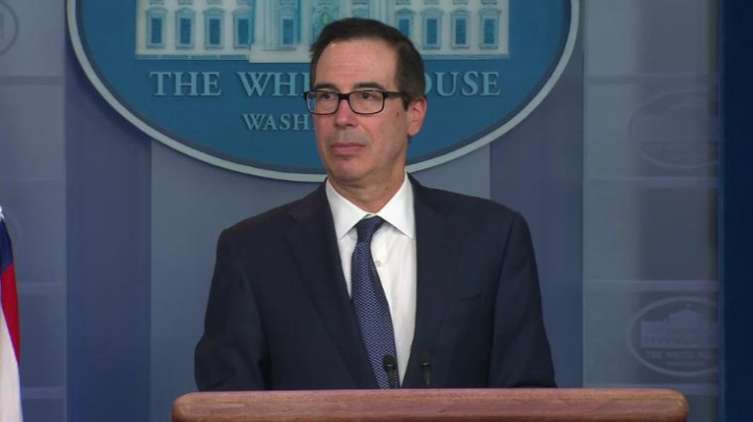
On Thursday morning, U.S. Treasury Secretary Steven T. Mnuchin and U.S. Small Business Administration Administrator Jovita Carranza issued a statement saying PPP funds had run out and they urged Congress to approve more funding.
“We urge Congress to appropriate additional funds for the Paycheck Protection Program … at which point we will once again be able to process loan applications, issue loan numbers, and protect millions more paychecks,” the said. “The high demand we have seen underscores the need for hardworking Americans to have access to relief as soon as possible. We want every eligible small business to participate and get the resources they need.”
The SBA said applications are also no longer being accepted for the Economic Injury Disaster Loan program until more funding is allocated.
Asked Wednesday by Bordonaro whether there was still time for companies to apply for PPP loans, Davis said: “We’re encouraging everyone to apply,” notwithstanding pending congressional action to resupply the lending pool. “If your bank is not accepting any more applications, move on to another bank.”
“These are terribly difficult times for small businesses,” he added, “and we’re here to help them get through this in any way we can help.”
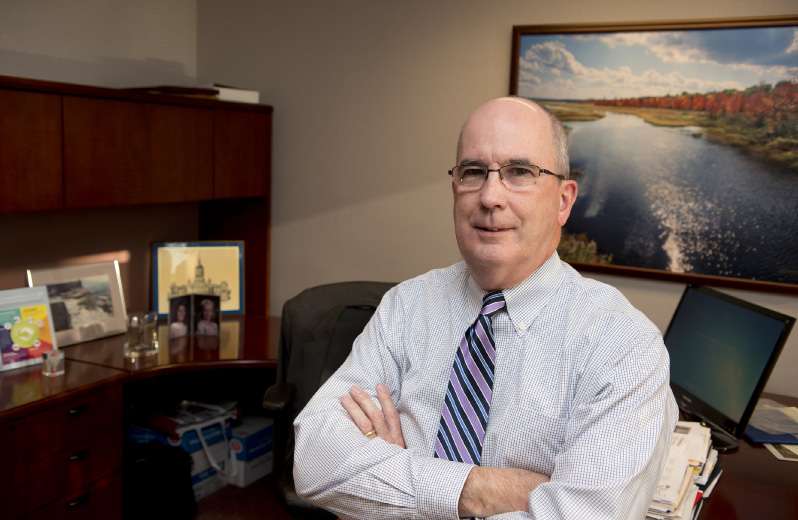
State of CT’s economy
Joe Brennan, president and CEO of the Connecticut Business & Industry Association, the state’s largest business group, also participated in HBJ’s webinar on Wednesday, providing an economic update as well as a reaction to Gov. Ned Lamont’s handling of the crisis.
“We know this is going to be an enormous hit on our economy,” said Brennan, who previously had announced his retirement later this year.
“Gov. Lamont has been a little more liberal than some governors in defining what businesses are ‘essential’ ” and therefore permitted to remain in operation, Brennan said. “We were the first state that declared all manufacturers essential, so all manufacturing companies are open.” He added, “That doesn’t mean they’re all in production, but at least they’re open and paying their employees.”
Many smaller manufacturing companies in Connecticut have pivoted rapidly to production of much needed personal protective equipment as well as components for life-saving ventilators and other hospital equipment.
Asked about prospects for a “restart” to Connecticut’s economy, Brennan pointed to the cooperation agreement Lamont had entered into with six other Northeastern states to come up with a common strategy and approach to reigniting business and commerce.
“We know this is not going to happen as soon as a lot of people would like to see it happen,” Brennan told his business audience. “But at least we’re developing a process now, in cooperation with other states, to get to the point where we can open those [non-essential] businesses. And everybody’s looking forward to that date — but we don’t want to do it in a way that’s just going to create a rebound effect regarding the number of infections in Connecticut.”
Webinar panelists also included Tim Bergstrom, Hartford market president for Webster Bank, one of Connecticut’s most active SBA lenders. Bergstrom said his bank was processing PPP loan applications “on a first-in, first-out basis. We want as many of our customers to get access to this money as we possibly can.”
Taylor A. Shea, a partner with law firm Robinson+Cole, discussed the most immediate practical legal concerns for companies seeking loans under the new stimulus package — eligibility and terms and conditions governing the use of loan proceeds.
Drew Andrews, managing partner of the CPA firm Whittlesey, explained that PPP loans are designed to keep employees on company payrolls for eight weeks. If that condition is satisfied the loans are forgivable. Otherwise they feature a 1% interest rate and 24-month amortization period.
Related Content

2022 Giving Guide
This special edition informs and connects businesses with nonprofit organizations that are aligned with what they care about. Each nonprofit profile provides a crisp snapshot of the organization’s mission, goals, area of service, giving and volunteer opportunities and board leadership.
Learn more
Subscribe
Hartford Business Journal provides the top coverage of news, trends, data, politics and personalities of the area’s business community. Get the news and information you need from the award-winning writers at HBJ. Don’t miss out - subscribe today.
Subscribe
2024 Book of Lists
Delivering Vital Marketplace Content and Context to Senior Decision Makers Throughout Greater Hartford and the State ... All Year Long!
Read Here-
2022 Giving Guide
This special edition informs and connects businesses with nonprofit organizations that are aligned with what they care about. Each nonprofit profile provides a crisp snapshot of the organization’s mission, goals, area of service, giving and volunteer opportunities and board leadership.
-
Subscribe
Hartford Business Journal provides the top coverage of news, trends, data, politics and personalities of the area’s business community. Get the news and information you need from the award-winning writers at HBJ. Don’t miss out - subscribe today.
-
2024 Book of Lists
Delivering Vital Marketplace Content and Context to Senior Decision Makers Throughout Greater Hartford and the State ... All Year Long!
ABOUT
ADVERTISE
NEW ENGLAND BUSINESS MEDIA SITES
No articles left
Get access now
In order to use this feature, we need some information from you. You can also login or register for a free account.
By clicking submit you are agreeing to our cookie usage and Privacy Policy
Already have an account? Login
Already have an account? Login
Want to create an account? Register
Get access now
In order to use this feature, we need some information from you. You can also login or register for a free account.
By clicking submit you are agreeing to our cookie usage and Privacy Policy
Already have an account? Login
Already have an account? Login
Want to create an account? Register








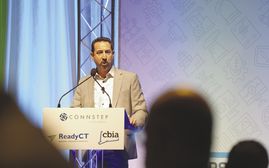
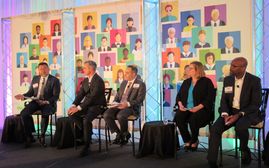
0 Comments